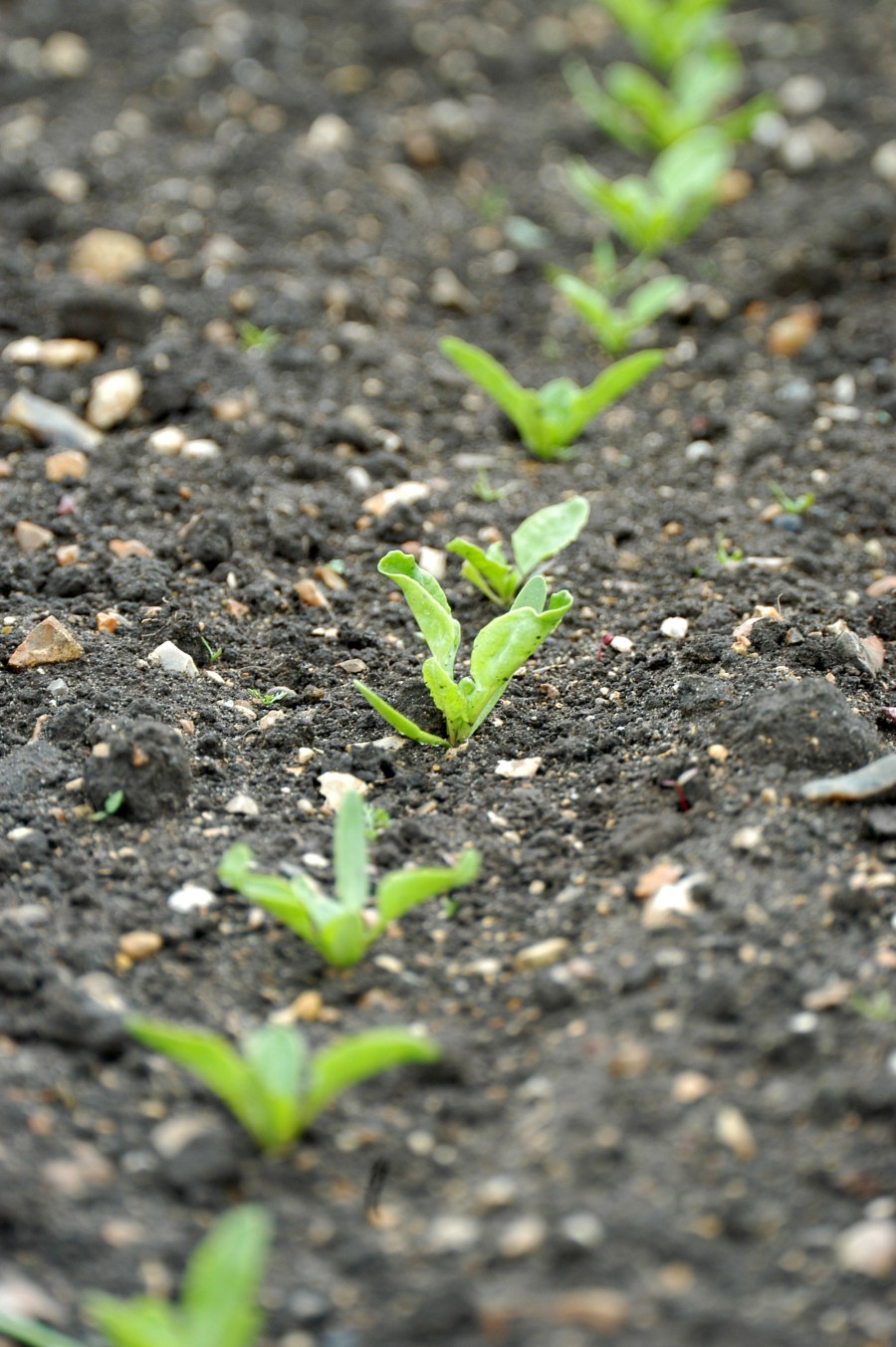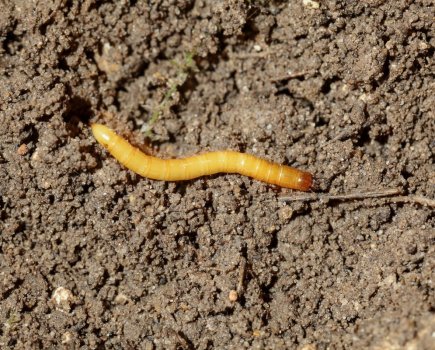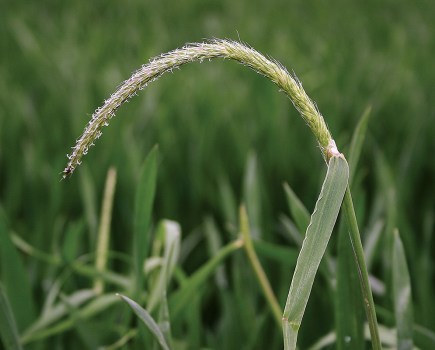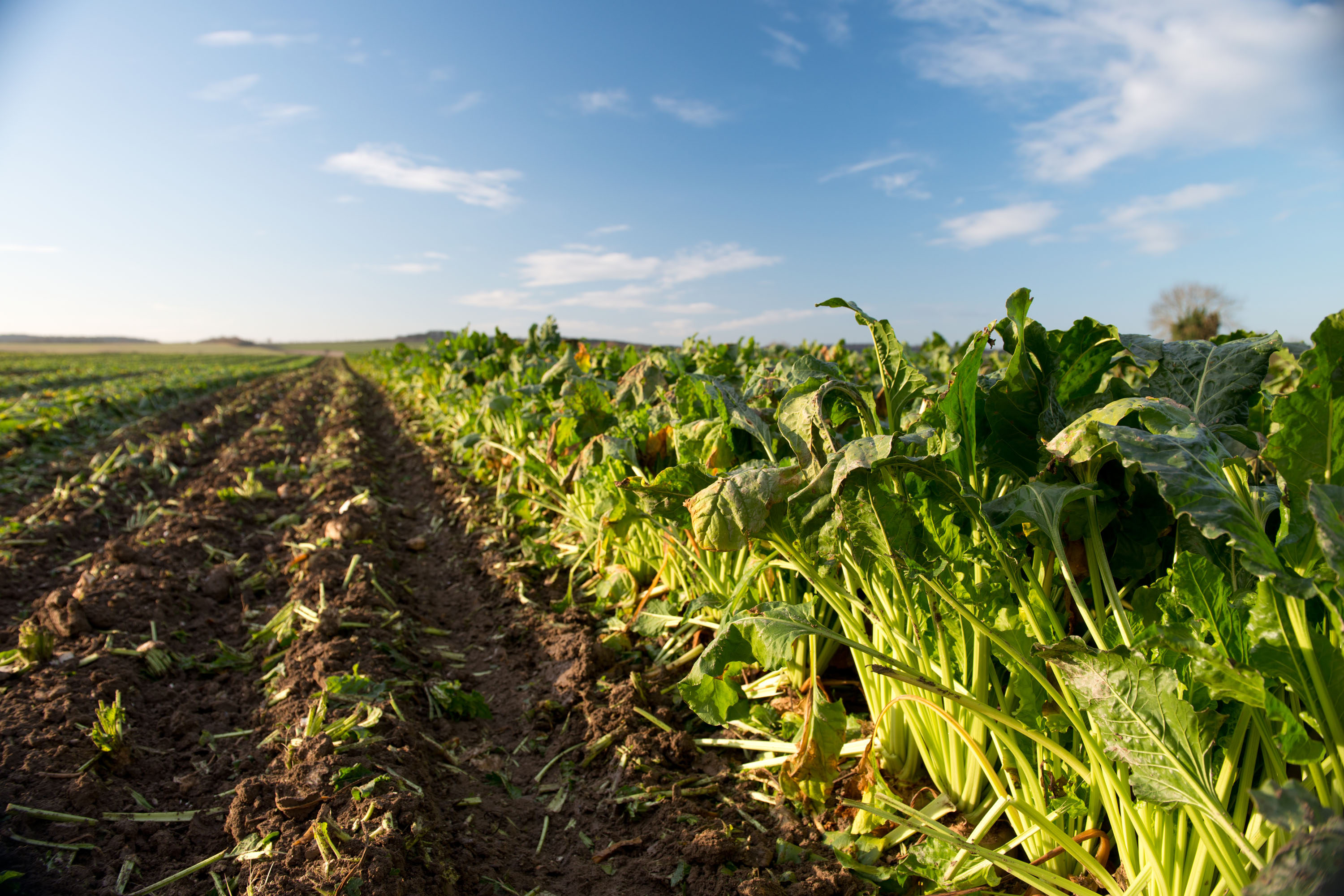
New Vibrance SB is set to get sugar beet crops off to a better start next season. It brings the renowned vibrance rooting boost to sugar beet, along with control of key seedling damping off diseases, to assure consistent plant stands and a fast start.
Set to be listed on British Sugar seed orders for the 2019 season, Vibrance SB has been shown to develop a faster root system for rapid and strong spring establishment, along with effective control of complex rhizoctonia, pythium and phoma seedling diseases.
Vibrance SB combines a three-way mix of the powerful new SDHI fungicide, sedaxane, with the proven seed treatments, fludioxinil and metalaxyl-m. Research has shown the seed treatment provides an effective zone of protection from these soil borne infections around the seedling, even with repeated rainfall or irrigation events.
Syngenta Field Technical Manager, Georgina Wood, highlighted that growers have become accustomed to control of damping-off diseases with the routine use of Thiram seed treatment. However, the regulatory withdrawal of that option for next year will leave crops exposed to severe losses which could be seen in untreated trials this year.
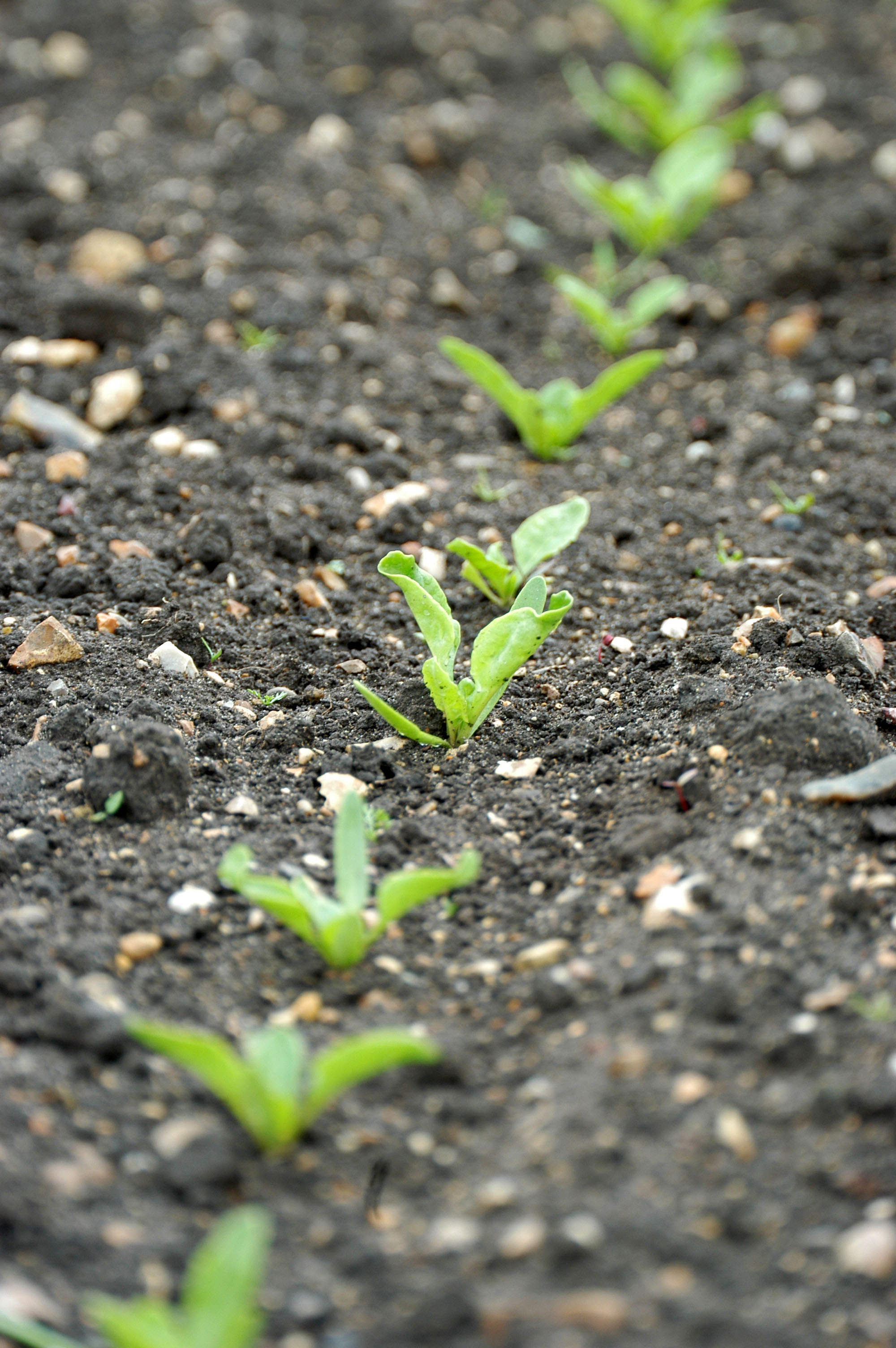
Sugar Beet seedlings
“Vibrance SB provides better control of key diseases rhizoctonia, pythium and phoma, responsible for damping-off in adverse conditions,” she advised. “Where plants have previously emerged and then died off, losses have been typically attributed to slugs and pests, but could have been seedling disease.
“Better control of damping-off diseases would achieve more consistent plant stands and, therefore, higher yields of consistently even root size at harvest.” Growers are still advised to maintain use of hymexazol for control of Aphanomyces.
BBRO Head of Science, Dr Mark Stevens, believes seed treatment protection to get crops and developing roots up and away early is key to consistent establishment, and could have plant health benefits through the season.
“Growers have effectively suppressed seedling diseases for years with seed treatments. It remains crucial to maintain that historic control with new seed treatments, if we want to avoid the build-up of problems over successive rotations,” he commented.
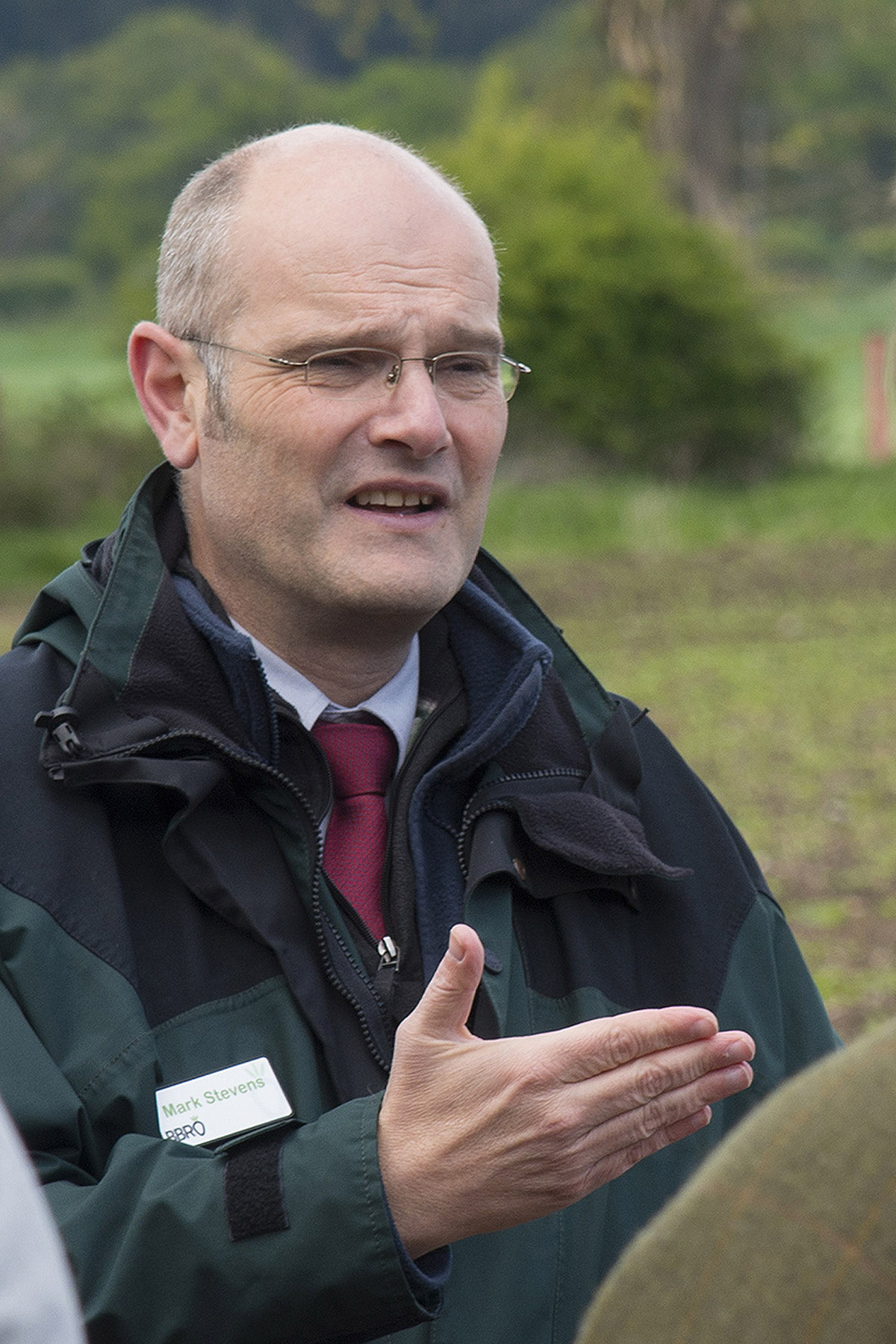
Mark Stevens
Mark pointed out that the effects of soil-borne sugar beet pathogens in the UK has been limited by previous seed treatment use, but changes in climatic conditions and crop rotations could create conditions typically experienced in continental Europe, where issues are more severe.
Georgina Wood pointed out that rhizoctonia, for example, is more prevalent in warmer, wet conditions, whilst Pythium is more active in cool, wet soils. phoma causes most damage when the seed is planted into cool soils, which then warm up enabling disease to develop. The combination of three actives in Vibrance SB covers a wide spectrum of diseases and conditions.
The risks of rhizoctonia solani in sugar beet could be further increased by the area of maize now grown in the eastern counties for anaerobic digestion, where they are in the same rotation. The two crops are host to several of the same isolates of rhizoctonia, she explained, along with carrots, potatoes and some other crops.
The rooting benefits of Vibrance SB have been clearly demonstrated where rhizoctonia is present. Assessments showed over twice the root length and root mass with Vibrance SB when planted into inoculated soils, compared to thiram seed treatment, detailed Georgina.
In field trials, where soils were inoculated with rhizoctonia, Vibrance SB delivered 73 plants per 20 meter of row (average 27.3 cm spacing between planta), compared to 49 plants (40.8 cm spacing) with thiram and 44 (45 cm) where untreated.

Georgina Wood
Where treated seeds were planted into clean soils, Georgina reported Vibrance SB also appeared to encourage faster and deeper rooting, compared to thiram. “Accelerated early root growth helps the crop to capture nitrogen and available moisture, for fast top growth and maximum ground cover. This can result in maximum light capture, and therefore the best potential to build yield,” she added.
The benefits of better rooting can be seen throughout the growing season, with Vibrance SB treated trials showing better tolerance to summer drought, for example. “Getting a healthy crop up and away through the most vulnerable growth stages provides the best foundation to build yield,” Georgina advocated.

